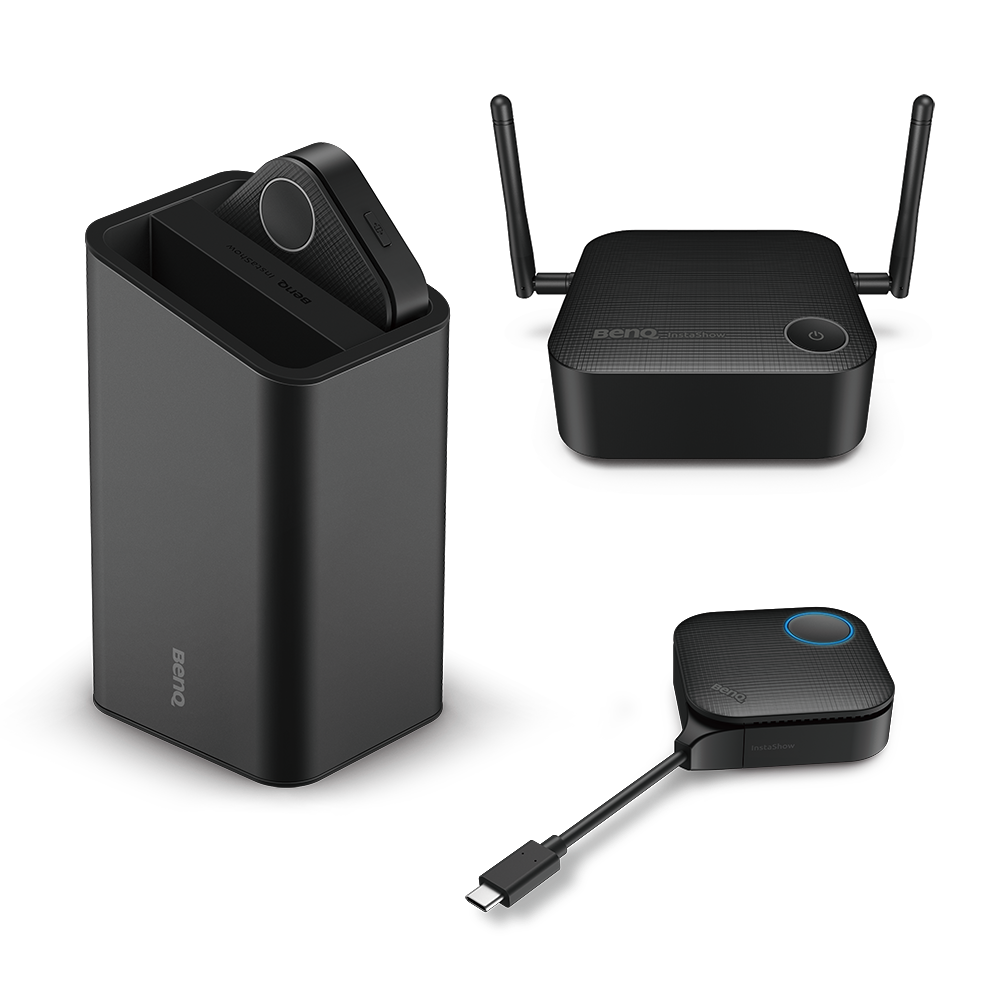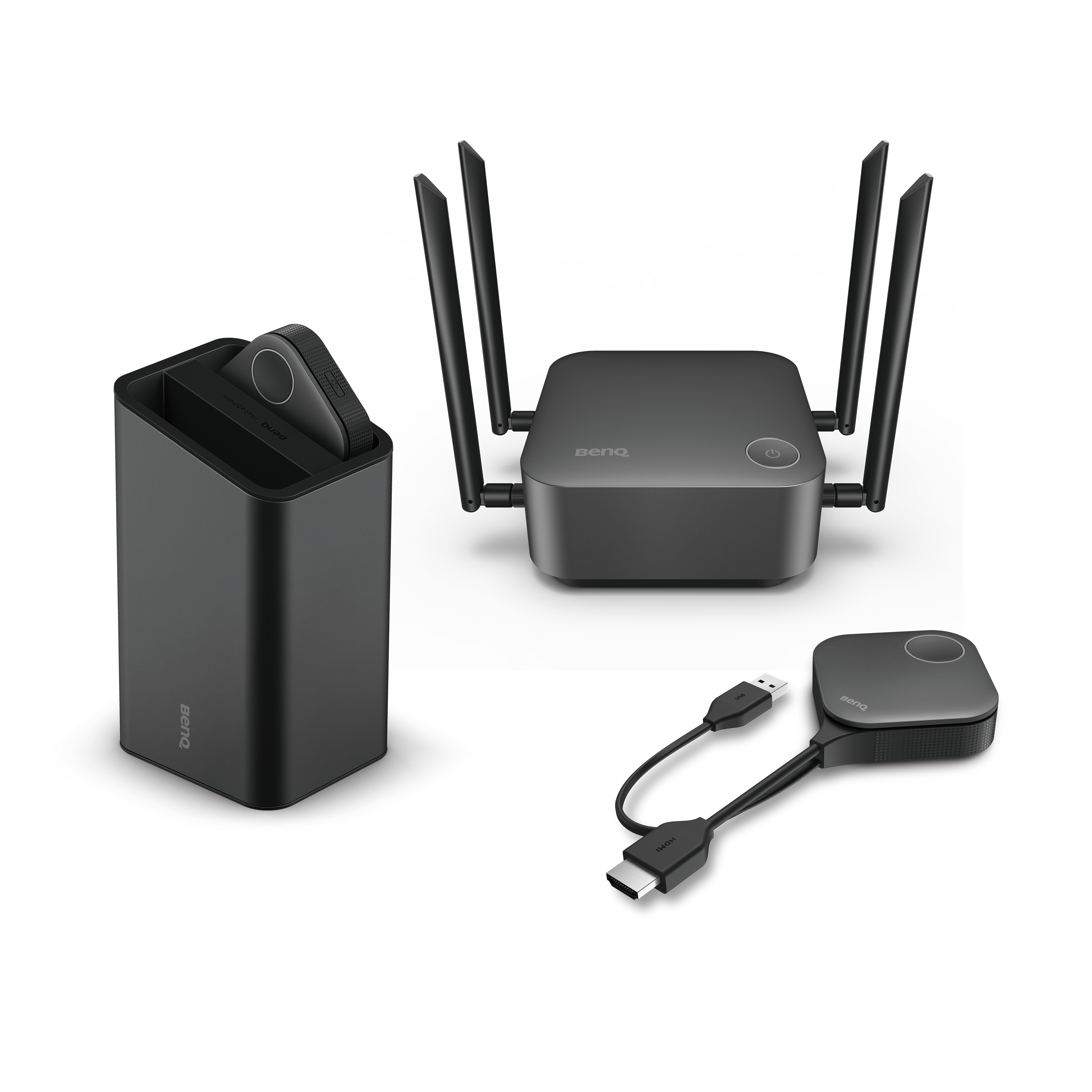What is CVSS 4.0 ?
- BenQ
- 2025-08-01

The Common Vulnerability Scoring System (CVSS) is the industry standard for assessing and prioritizing vulnerabilities. As the cybersecurity landscape rapidly evolves, CVSS is continuously updated. CVSS 4.0 was officially released in late 2023, bringing several significant changes. This article will deeply compare the main differences between CVSS 4.0 and CVSS 3.0, helping you understand the advantages of the new standard and grasp the latest trends in vulnerability risk assessment. Notably, BenQ InstaShow new product now also supports the CVSS 4.0 standard, ensuring users can leverage the latest vulnerability assessment information to strengthen their security defenses.
Key Differences between CVSS 4.0 and CVSS 3.0
The following table summarizes the main differences between CVSS 4.0 and CVSS 3.0:
| Aspect | CVSS 3.0 | CVSS 4.0 |
Aspect Sturcture/Metric Groups | CVSS 3.0 Base/Temporal/Environmental | CVSS 4.0 Base/Thresat/Environmental/Supplemental |
Aspect User Interaction | CVSS 3.0 None/Requried | CVSS 4.0 None/Passive/Active |
Aspect Impact | CVSS 3.0 Confidentiality/Integrity/Availability | CVSS 4.0 C/I/A Breakdown for Vulnerable & Subsequent Systems |
Aspect Attack Requiremnet | CVSS 3.0 Attack Complexity (Comprehensive) | CVSS 4.0 Complexity, Attack Requirement (Separated) |
Aspect New Supplemental Metrics | CVSS 3.0 None | CVSS 4.0 Automatable, Recovery, Safety, Value Density,etc. |
Aspect Emphasis on Threat Intelligence | CVSS 3.0 Temporal focuses on time scale | CVSS 4.0 Threat focuses on real-time treat intelligence |
Aspect Application Flexibility | CVSS 3.0 Standardized scenarios focus on IT | CVSS 4.0 More granular, supports special scenarious such as OT+IoT+IT |
1. Scoring Architecture and New Fields
- Architecture Expansion
- CVSS 3.0 is divided into three metric groups: Base, Temporal, and Environmental.
- CVSS 4.0 retains these three groups, but renames Temporal to Threat and adds a "Supplemental" metric group to supplement additional attributes such as automation, resilience, and safety, providing more comprehensive contextual information.
- New Fields and Refined Metrics
- User Interaction (UI): Divided from "None/Required" into three types: "None/Active/Passive", more finely describing user participation.
- Attack Requirement (AT): A new attack condition indicator is added to measure whether there are special deployment or setting requirements before the vulnerability is exploited, and it is separated from "Attack Complexity" to make the attack difficulty assessment more accurate.
- Scope Change
- CVSS 3.0 uses "Scope" to determine whether it only affects a single or multiple components.
- CVSS 4.0 is divided into the impact of "Vulnerable System" and "Subsequent System" in detail (VC, VI, VA, SC, SI, SA), distinguishing between directly affected and indirectly affected systems.
2. New Supplemental Metrics
Choosing the right hardware is crucial for creating an optimal Teams Rooms experience. Microsoft certifies a wide range of devices to ensure compatibility and performance. Here's a breakdown of key hardware considerations:
- Attack Effort (AE): Estimates the resources (e.g., skill, tools, time) needed to exploit the vulnerability.
- Provider Urgency (PU): Reflects the vendor's response and availability of patches or workarounds.
- User Value (UV): Represents the value of the affected asset to the organization.
- Environmental Damage (ED): Assesses the potential financial or reputational damage to the organization.
- Environmental Coverage (EC): Indicates the percentage of assets within the organization that are affected by the vulnerability.
3. Scoring Methodology and Accuracy
- Score Distribution
CVSS 4.0 addresses the "score inflation" issue of the 3.x era, resulting in a more even distribution of severity levels. This reduces the phenomenon of most vulnerabilities having nearly the same score, making it difficult to distinguish priorities.
- Improved Flexibility and Adaptability
CVSS 4.0 supports OT (Operational Technology) and safety application scenarios, offering greater adaptability.
- Score Distribution
CVSS 4.0 addresses the "score inflation" issue of the 3.x era, resulting in a more even distribution of severity levels. This reduces the phenomenon of most vulnerabilities having nearly the same score, making it difficult to distinguish priorities.
Why Choose CVSS 4.0-Rated Equipment?
Choosing equipment with a CVSS 4.0 rating offers significant advantages:
- Enhanced Security:
CVSS 4.0's granular scoring means manufacturers have addressed potential vulnerabilities more thoroughly before shipping, reducing initial security risks.
- Lower Initial Maintenance:
Pre-scanned and patched equipment minimizes the need for costly and time-consuming initial vulnerability scans and remediation.
- Increased Transparency & Trust:
Manufacturers providing CVSS 4.0 Vulnerability Assessment certification demonstrate a commitment to security, fostering greater user trust.
Summary
CVSS 4.0 represents a significant advancement in vulnerability scoring standards, helping security personnel more effectively manage vulnerability risks and protect organizations from cyber threats through more accurate scoring, contextual considerations, and supplemental metrics. It is recommended to adopt CVSS 4.0 as soon as possible to give your organization a greater advantage in cyber security defense. Solutions like InstaShow are already embracing CVSS 4.0, demonstrating a commitment to providing users with the most up-to-date security information and capabilities.

Recommanded Articles
-
Trends & Knowledge
Eliminate Meeting Interruptions! 3 Tips to Boost Meeting Efficiency with Wireless Conference Systems
Tired of meeting interruptions? Discover 3 crucial factors and learn how to avoid meeting interruptions. Use wireless conference systems to solve meeting equipment compatibility issues, enhance meeting efficiency, and maintain professionalism.
2025.01.23 -
Trends & Knowledge
How to Connect a Macbook to a TV Wirelessly?
Learn how to connect your MacBook to a TV wirelessly with AirPlay and explore screen mirroring wirelessly in collaborative mode? Let's find out!
2022.10.12 -
Trends & Knowledge
Eliminate Hybrid Meeting Tech Hassles! 10 Common Issues & BenQ InstaShow Solutions
Comprehensive analysis of hybrid meeting technical issues! Understand 10 common problems and solutions, and use the BenQ InstaShow wireless conference system to create an efficient and professional meeting environment.
2025.02.21


